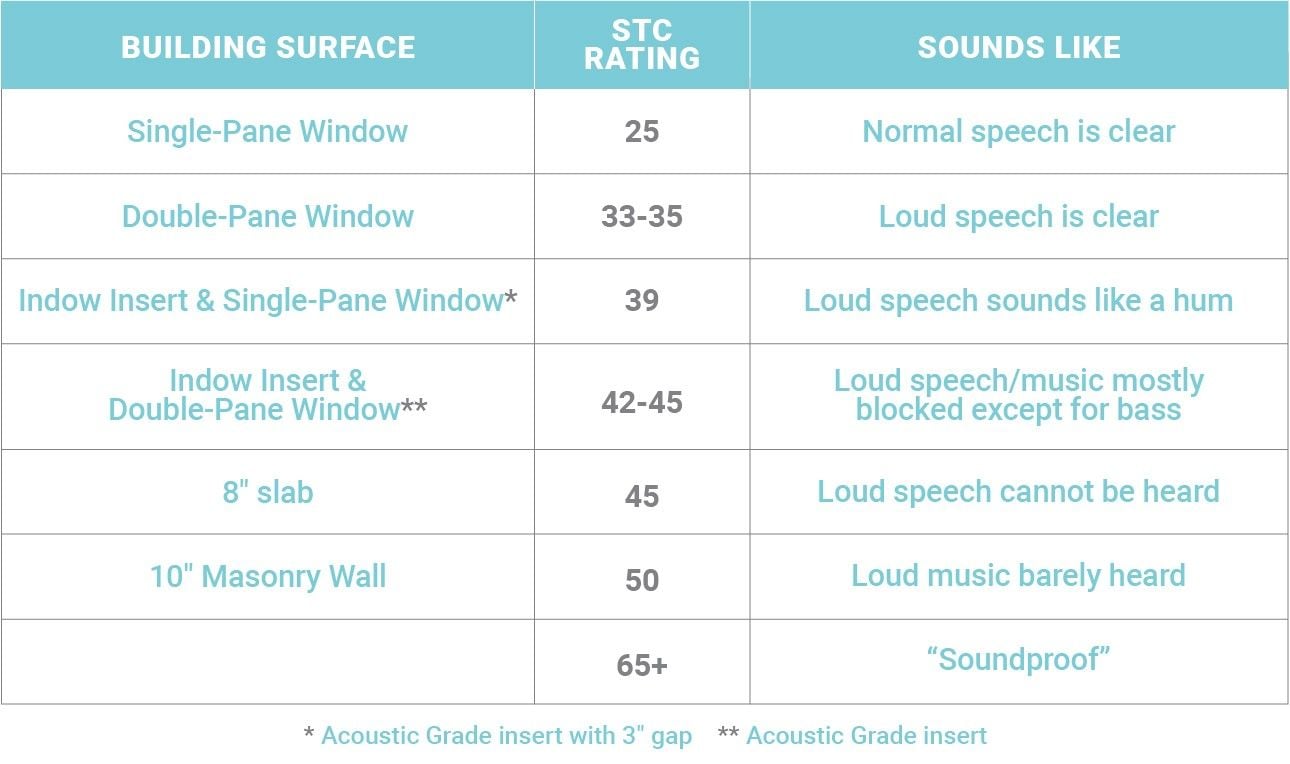sound transmission class (stc) is a measure of the
STC stands for Sound Transmission Class and is a rating of how well a structure reduces the transmission of airborne sound also known as attenuation. Sound Transmission Class STC - The STC rating is a single number value quantifying the ability of a material to resist the transmission of sound.
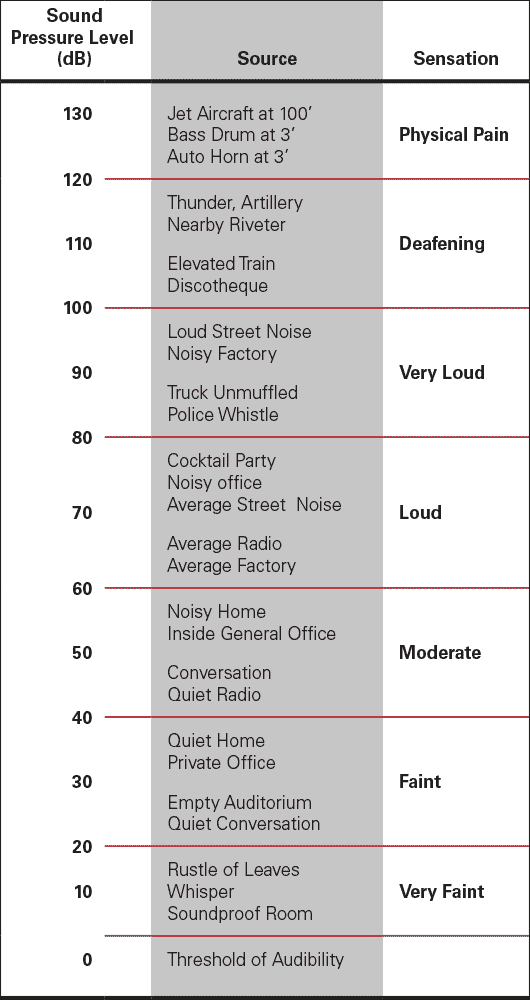
Understanding Stc Ratings Sound Acoustic Rating Chart For Doors
A dB value simply measures how loud or soft a sound is.
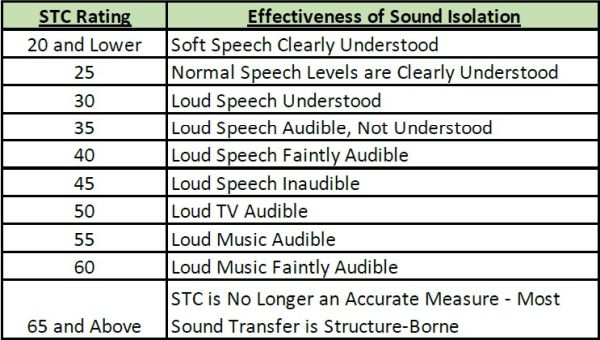
. A standard studded wall with drywall has an average Sound Transmission Class of 38. So sound transmission class is a rating and measurement system from 125 to 4000. Its the measurement of how much noise is reduced as it passes through a medium.
The sound transmission class was first introduced in 1961 and has since become the standard single-number metric to describe sound blocking materials. Sound transmission class STC is a measure of the a. What is STC rating.
STC stands for Sound Transmission Class. A loud rock band at a club is typically around 110dB while the noise level in a quiet office is probably around 30dB. Technically speaking STC is a measurement that is used to determine how effective soundproofing materials are at minimizing sound transmission between rooms.
The STC can be used to measure sound absorption for both external building walls and internal walls in single and multifamily structures. It is a measure of the degree of acoustic separation or noise reduction that can be expected of a. The decibel reduction in noise that a materialpartition may give abbreviated dB is used to calculate STC.
The STC scale is a logarithmic measure of sound reduction throughout the frequency range of human hearing. These terms and definitions cover the difference between a Sound Transmission Class rating of 50 and a Commercial soundproofing rating of 65 as a means for measuring the sound level of a recording studio office. In the US it is widely used to rate interior partitions ceilings floors doors windows and exterior wall configurations.
For architects delving into the zany fun-filled world of sound abatement another acronym that will pop up sooner rather than later is the OITC OutdoorIndoor. Understanding Sound Transmission Class Soundproofing is measured in North America using Sound Transmission Class or STC. Generally the higher the STC rating the more sturdy and the more frequencies and the greater levels of isolation it can provide.
Sound-insulating property of a material with respect to airborne sound c. Higher STC ratings translate into more reduction in sound. Sound-absorbing property of a material b.
Sound Transmission Class or STC is an integer rating of how well a building partition attenuates airborne sound. They are then assigned STC ratings a United States standard since 1961. Before we can understand how it works we need to look at some other terms.
In the USA it is widely used to rate interior partitions ceilingsfloors doors windows and exterior wall configurations see ASTM International Classification E413 and E90. An example of this would a highway by a neighbour. Sound Transmission Class or STC is an integer rating of how well a building partition attenuates airborne sound.
Sound Transmission Class or STC is the rating system by which the ability of a partition to attenuate reduce the effect of airborne sound is measured. Ther Rw is more common in Europe when STC is more common in USA. An STC rating of 38-42 is considered soundproofing.
What is Sound Transmission Class. While the STC rating tells us how much sound is blocked from going through a product the NRC Rating. So the ability of that barrier to keep noise out gets whats called a Sound Transmission Class rating.
So its the percentage of sound that it is able to block out for you. STC Sound Transmission Class The STC rating is measurement used by engineers to describe the ability of a partition to stop sound passing through. First let us look at the term dB or decibels.
The method of measuring the sound transmission class STC is defined by the ASTM E413-87 standard. But keep in mind in todays audio rooms were dealing with frequencies and amplitudes that are much greater than that frequency range that sound transmission class measures. The Sound Transmission Class STC measured in decibels is used to measure building materials ability to absorb sound.
An STC rating of 20 is considered very poor soundproofing quality whereas an STC rating of 60 is considered excellent soundproofing quality. The higher the number the greater the drop in decibel levels bleeding through the surface. People often mention NRC and STC ratings in similar contexts but they are slightly different rating systems.
Sound transmission class ratings generally come up in places where we want to keep sound either in or out like a sound studio a road-facing exterior wall or a bedroom above the garage. The higher the STC number the greater a materials ability to block sound. Both Rw and STC describe the insulation against typical air noise.
Sound Transmission Class STC is used to measure a building materials ability to reduce sound. Sound Transmission Class STC In Chapter 9 we discussed the formal procedures for the measurement of the airborne sound transmission loss and the determination of the Sound Transmission Class STC of a partition. The method of measuring the Rw coefficient is defined by the ISO 10140-1.
Sound-insulating property of a material with respect to structure-borne sound d. Materials are tested over multiple sound frequencies from bass levels of 125Hz to treble levels of 4000Hz. The STC is measured by positioning a representative.
In the USA it is widely used to rate interior partitions ceilings and floors doors windows and exterior wall configurations see ASTM International Classification E413 and E90. Sound Transmission Class STC is an integer rating of how well a building partition attenuates airborne sound. A Sound Transmission Class STC rating is therefore an instrument measurement of how much noise is stopped.
The higher the STC the better the barrier is against sound. This is an unedited transcript from our video series from Acoustic Fields. The STC is a single number rating scale that measures a wall ceiling or floor assemblys ability to block sound transmission.
The STC is a weighted average of the transmission loss values at 16 third-octave band frequencies that is normalized using the area of the common. When STC is talked about it. Sound Transmission Class STC Sound Transmission Class rating is a single number value which describes the overall acoustic performance of a construction system.
This measurement is useful as a standard to match products to repel sound to the environment creating the sound. The majority of common STC ratings fall within a range of 20 to 60.
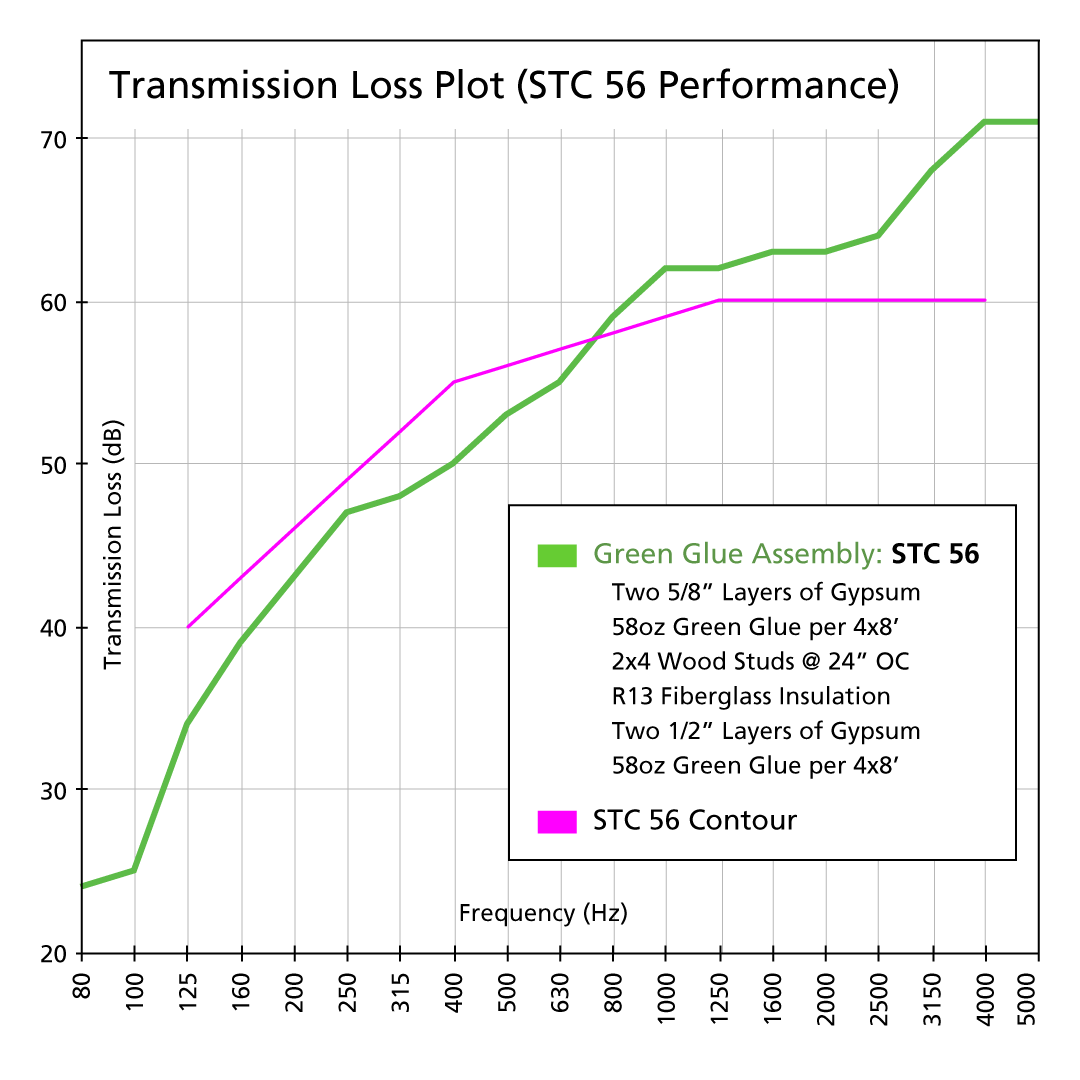
Understanding Stc And Stc Ratings Soundproofing Company
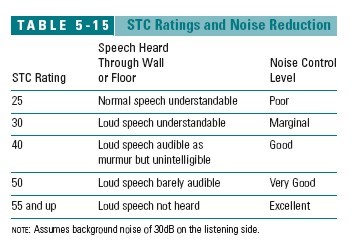
Sound Transmission Class Stc Sound Reduction Index Sri Wall Sound Transmission Control
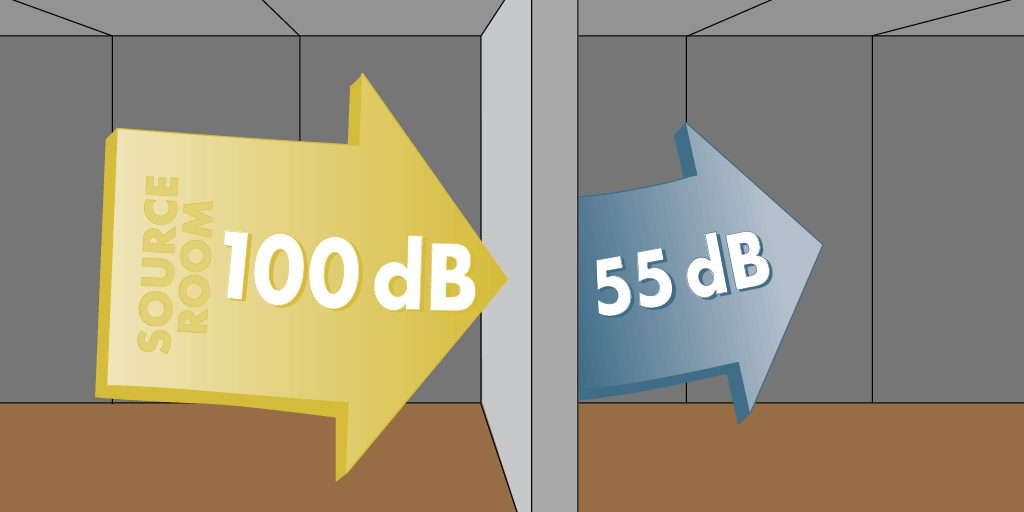
Understanding Stc And Stc Ratings Soundproofing Company
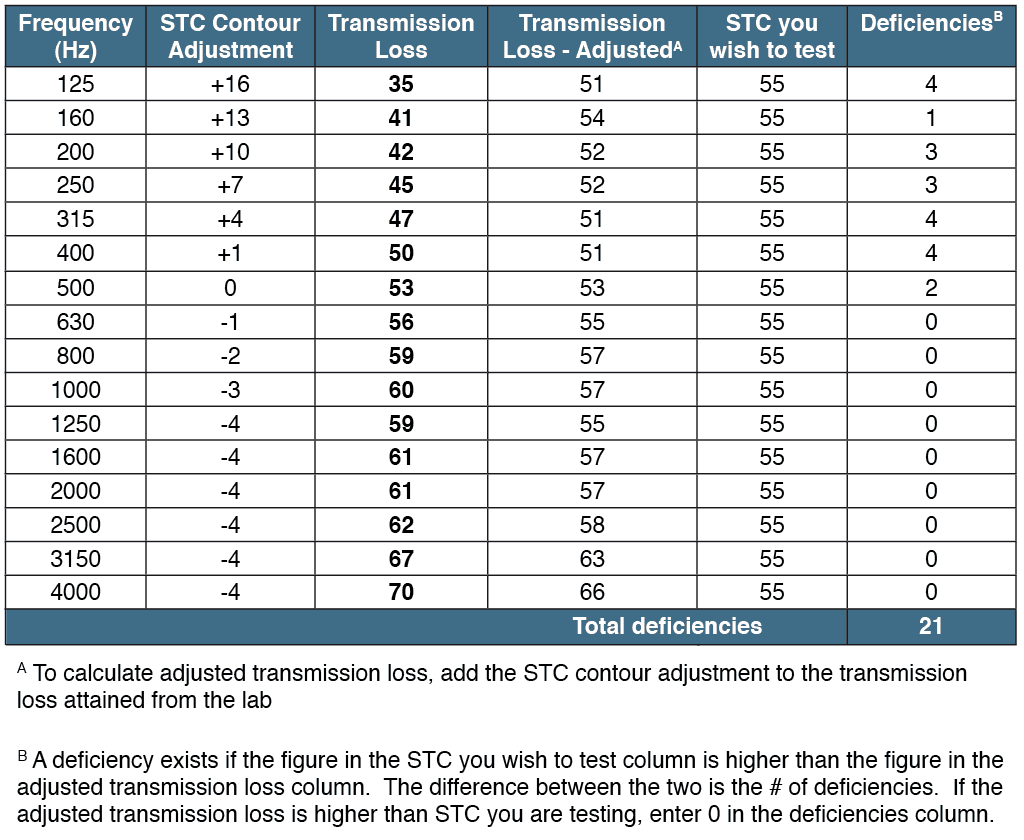
Understanding Stc And Stc Ratings Soundproofing Company
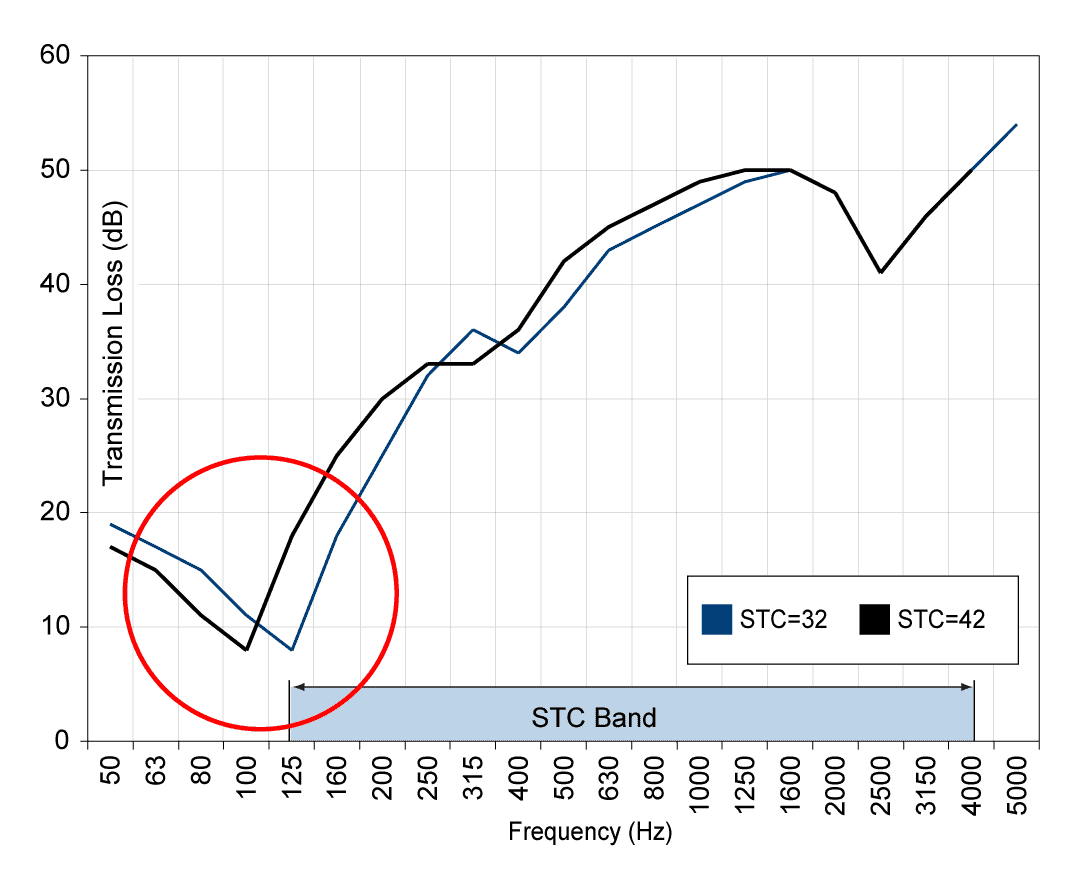
Understanding Stc And Stc Ratings Soundproofing Company
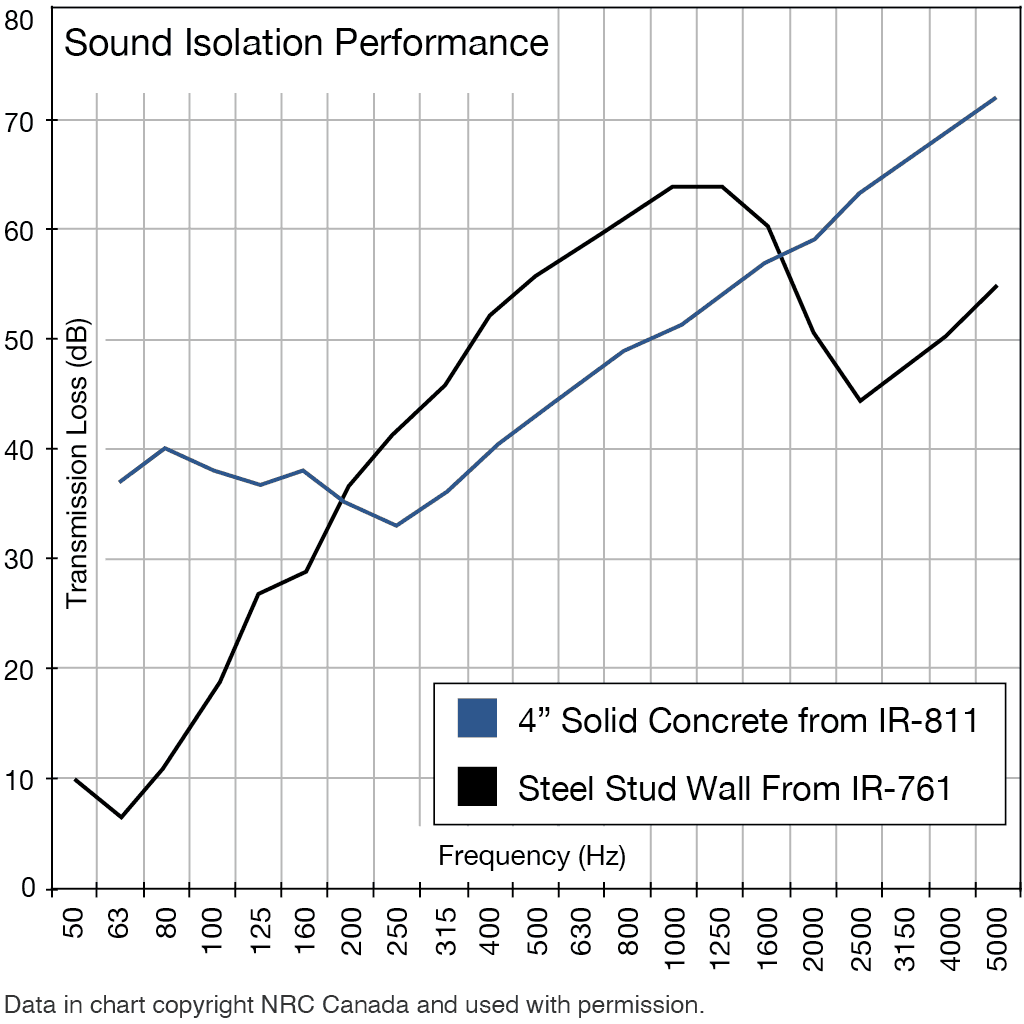
Understanding Stc And Stc Ratings Soundproofing Company
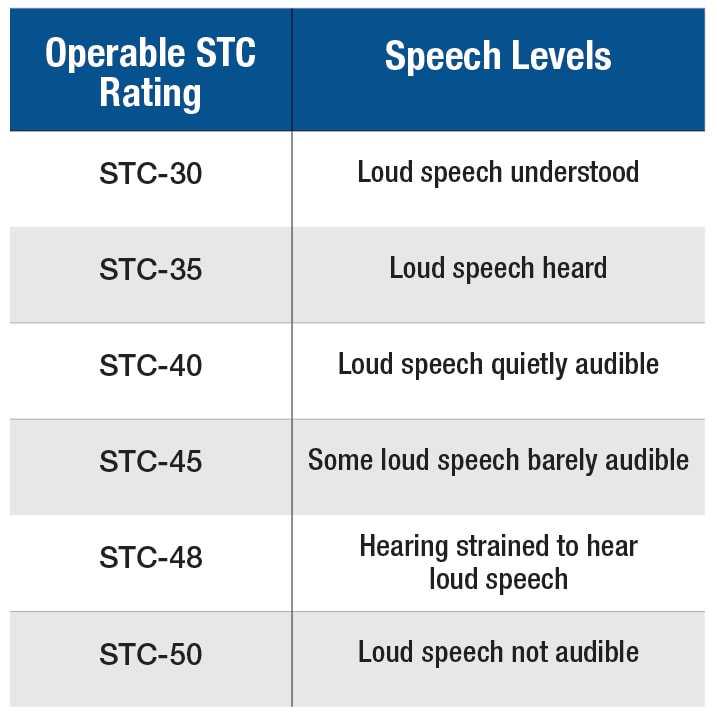
Choose The Right Stc Door Rating For Your Facility Doors
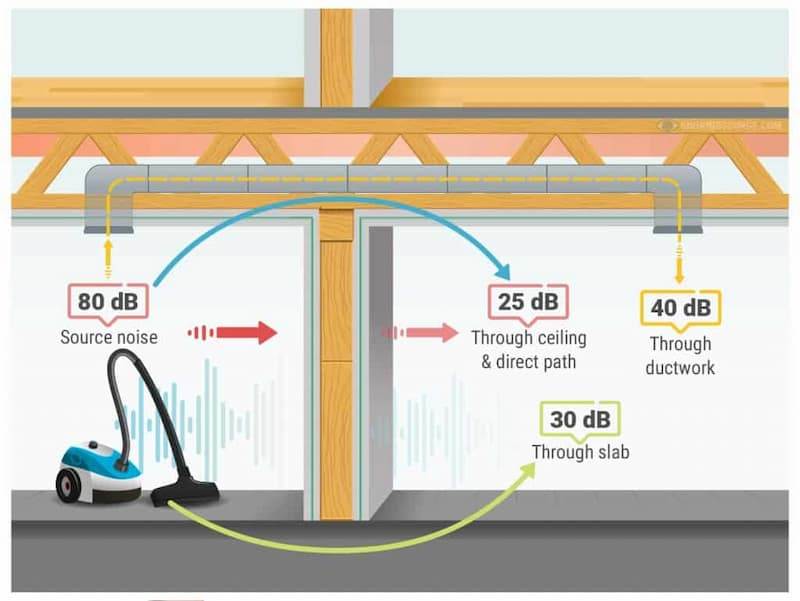
Explaining Sound Transmission Class Rating 2022 Stc
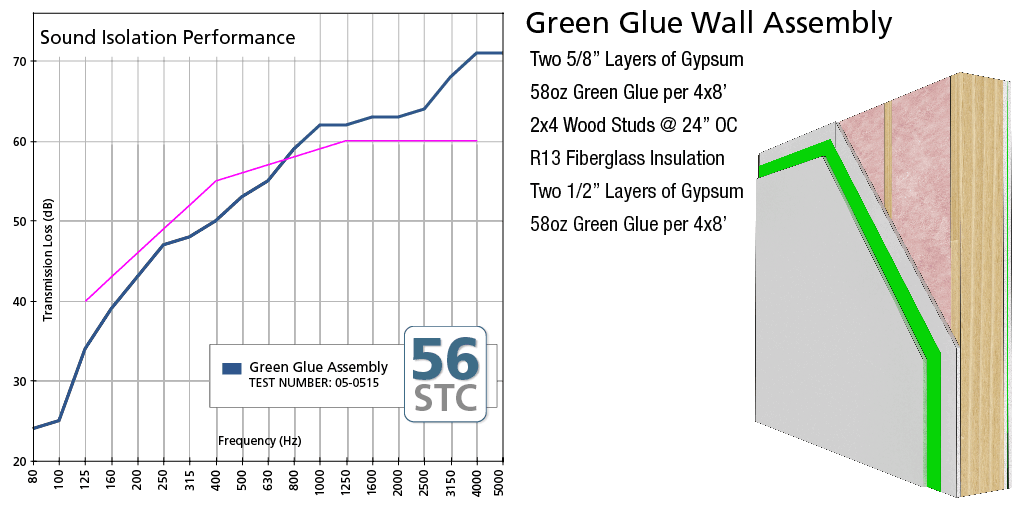
Sound Transmission Data For Insulation Rolls Avs Forum
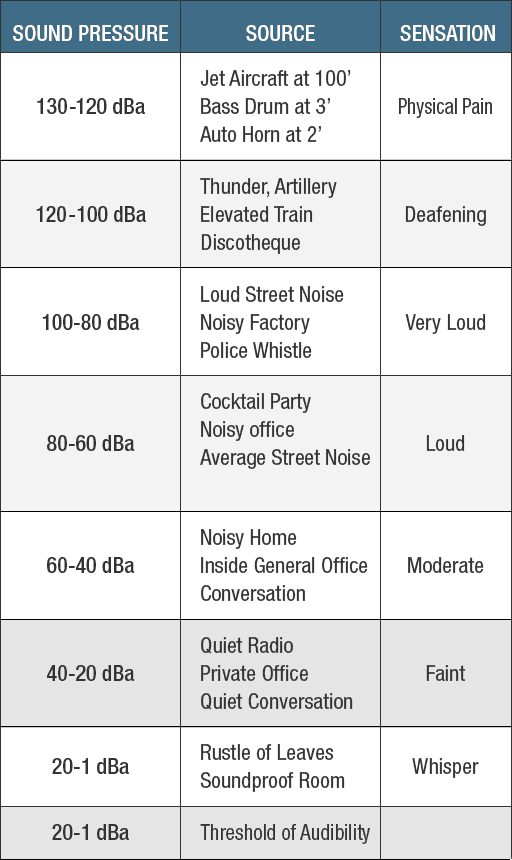
Understanding Stc And Stc Ratings Soundproofing Company
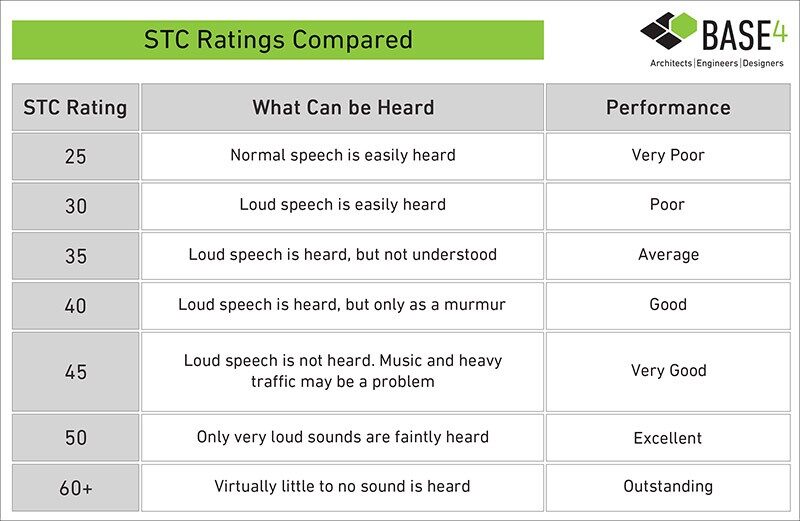
An Economical And Better Way To Block Noise Base4

Target Stcs Recommended Stc Ratings On Demising Corridor Walls
![]()
Understanding Stc And Stc Ratings Soundproofing Company

Sound Transmission Class Wikiwand
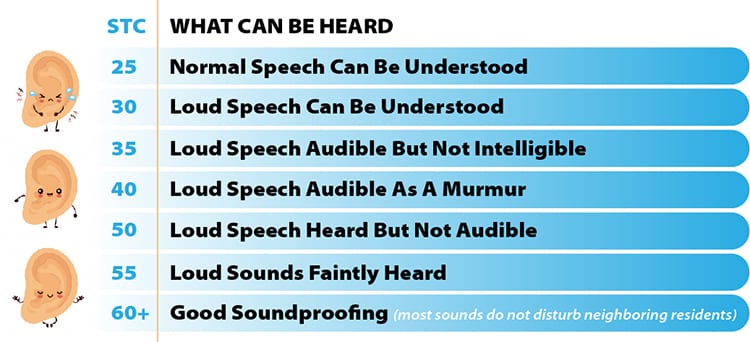
Sound Transmission Class Stc And Impact Insulation Class Iic Testing
